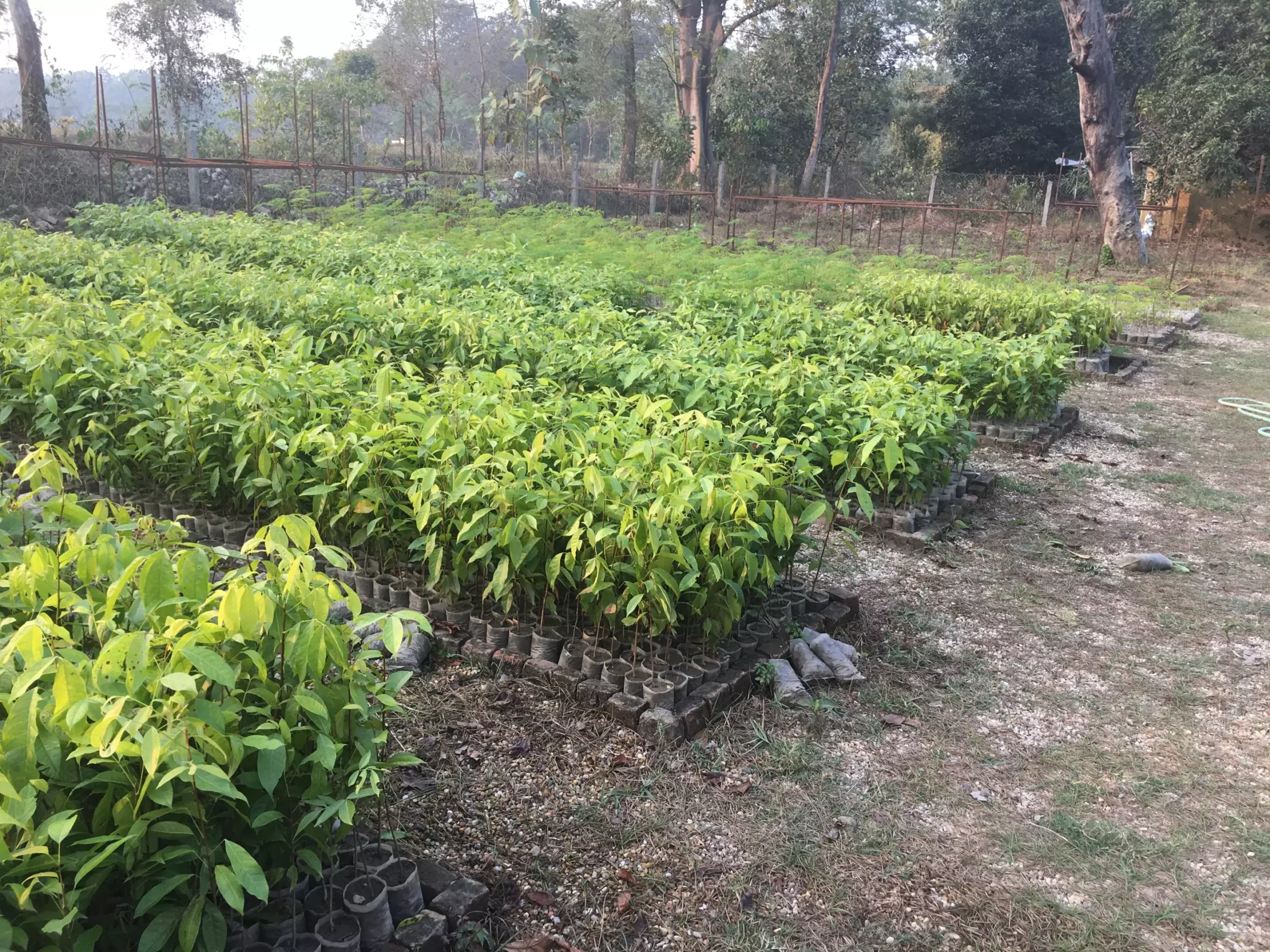In the climate change arena, reforestation stands out as a bright beacon of hope, particularly in low- and middle-income countries. Recent research unveiled in *Nature Climate Change* reveals that if strategically implemented, reforestation can sequester up to ten times more carbon dioxide at a significantly lower cost than previously believed. This staggering finding reveals a hidden potential rarely harnessed in contemporary approaches to environmental sustainability.
Historically, most reforestation initiatives have centered on tree planting, often neglecting the critical role of allowing nature to work its magic. Natural regeneration of forests can yield remarkably more effective outcomes in terms of carbon sequestration than pure transplanting efforts. Researchers argue that nearly fifty percent of ideal locations for reforestation would benefit from fostering natural growth rather than solely relying on human action. This understanding could turn the tide on how restoration projects are planned, emphasizing that a balance between human intervention and natural processes is not just prudent; it’s vital.
Wood Markets: The Economic Engine Driving Reforestation
A significant factor in this discourse comes from examining the intersection of wood markets and reforestation efforts. Jeff Vincent, a distinguished professor of forest economics and management, asserts that timber plantations provide a competitive edge in carbon sequestration at a lower cost in more than half of the areas examined. This raises questions about our very understanding of forests as mere ecosystems devoid of economic intent. Instead, they can be viewed as multi-functional assets capable of producing timber and offsetting carbon emissions simultaneously.
Moreover, carbon payments—financial incentives provided by companies and organizations aimed at mitigating their own greenhouse gas footprints—could serve as a compelling mechanism to catalyze reforestation. In regions where resources are scarce and ecological challenges abound, these payments present a tangible pathway for attracting investment into forest restoration projects. This dual benefit—financial gain from sustainable forestry practices coupled with environmental stewardship—offers a framework that has yet to be fully explored.
An Interwoven Strategy for Sustainable Forest Management
The study emphasizes the merit of adopting a mixed methodology that encompasses both planted and naturally regenerating forests. Analysis led by Jonah Busch points to this dual approach as an untapped resource with the potential to enhance carbon sequestration levels beyond either method alone. Herein lies a compelling argument for a paradigm shift: why limit ourselves to a single technique when a harmonious interplay of methods can maximize ecological benefits?
Integrating diverse reforestation strategies raises a vital consideration about current land utilization. In agricultural regions typically dominated by monocultures, the potential for multifunctionality and biodiversity is often stymied. By evaluating and possibly reallocating land use to facilitate both timber production and ecological restoration, stakeholders can optimize their environmental impact while also considering local economic needs.
A Roadmap to Efficient Forest Restoration
One pivotal outcome from the research is a world map indicating the cost-effectiveness of various reforestation strategies by geographic locale. This tool empowers governments, NGOs, and corporations to make informed decisions regarding the allocation of resources for forest restoration. In essence, it streamlines the often chaotic funding landscape into a focused strategy aimed at maximizing carbon capture while ensuring sustainable economic frameworks.
However, a nuanced understanding of the factors influencing reforestation success is necessary. Growth rates, proximity to seed sources, land use values, and costs associated with both tree planting and natural regeneration play pivotal roles in determining the most efficient methods. The findings compel us to reconsider established norms and embrace a flexible, resourceful stance in dealing with climate change.
By championing this more biodiverse and economically integrated approach, we not only stand a significant chance of combating climate change but also foster resilience and sustainability within emerging economies. As stewards of the earth, it’s our responsibility to cultivate a new narrative around reforestation—one that respects nature’s intelligence while harnessing economic realities for the greater good. The next chapter in the fight against climate change hinges on our ability to embrace this complexity.

